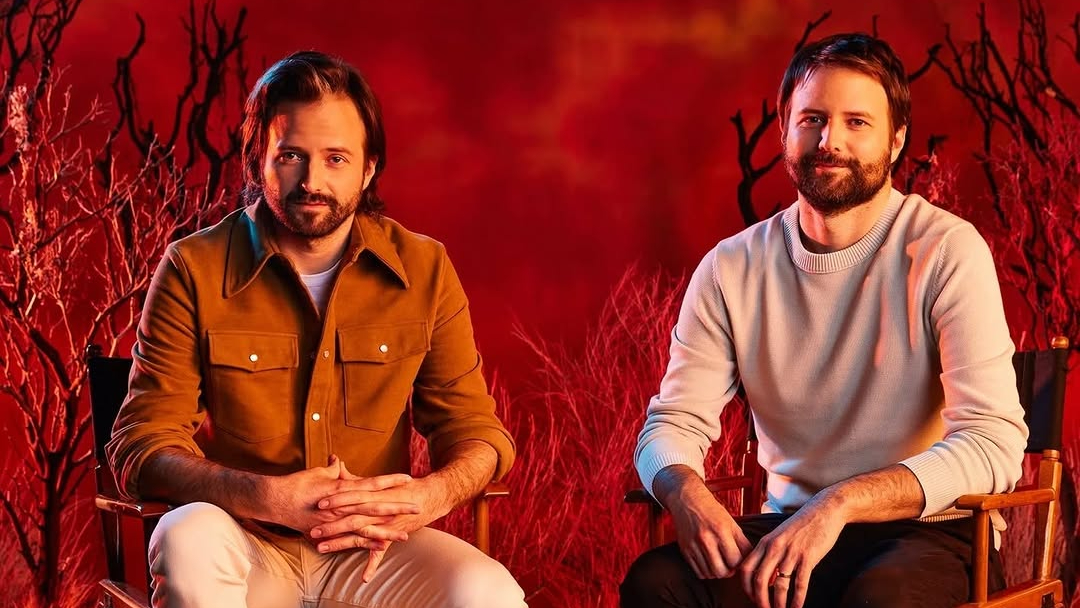From College Script-Writers to Global Icons: How Matt Duffer and Ross Duffer Built a Billion-Dollar Franchise
The Journey: From Rejected Scripts to a Streaming Explosion
Matt and Ross Duffer grew up fascinated by horror movies, sci-fi thrillers and 1980s pop-culture nostalgia. After studying film at Chapman University they struggled like many aspiring writers writing spec scripts, making short films, chasing opportunities. One of those early projects, a horror-thriller called Hidden, failed to break through commercially but proved their ability to create suspenseful, atmospheric storytelling.
Despite over a dozen rejections from established networks all of whom denounced their vision as “too risky” because it centred on kids in peril blended with supernatural horror the Duffers held firm. Their idea family-friendly horror could become a cult hit. They re-packaged the concept (originally titled Montauk), developed a vivid “look-book” pitch full of tone-setting imagery, and pounded the pavement.
Their breakthrough came when producer Shawn Levy at 21 Laps Entertainment believed in their vision and introduced them to Netflix. Netflix green-lit what became Stranger Things giving the brothers full creative control. In early 2015 the series was officially commissioned, and a global phenomenon was born.
What began as a modest pitch soon turned into a streaming titan combining childhood nostalgia, supernatural mystery, and emotional storytelling.
Why Stranger Things Became a Cultural and Financial Juggernaut
The Duffers didn’t just write a show. They engineered a cinematic experience that blurred TV and film.
-
For the fifth season alone — its final chapter — they reportedly filmed over 650 hours of footage across a 12-month shoot. That scale is akin to producing eight blockbuster films at once.
-
The layered design — horror for adults, coming-of-age for teens, pure adventure for younger viewers — created multigenerational appeal. The tone blended screaming ‘80s thrills with deeply human stakes, giving the show a broad but devoted fan base.
-
As streaming platforms exploded, Stranger Things became a signature title for Netflix — a show that defined its early-era growth, drove massive subscriber retention, and proved the power of original content over traditional network programming.
The result: a global phenomenon that translated into huge financial returns for streaming, merchandising, licensing, and cultural relevance.
What Comes Next: The Duffers’ Pivot to Film & New Projects
With Stranger Things set to conclude in its final season (late 2025 into early 2026) the Duffers are shifting their creative energy. They’ve recently signed a multi-year deal with Paramount+ a move that signals their ambition to expand into original films and TV outside the Hawkins universe.
Rather than mass-producing content, they emphasise careful, quality storytelling. As Matt Duffer said, they want to avoid becoming a high-volume factory like some modern studios.
That disciplined approach, combined with their proven track record, positions them as rare creators who can turn high-risk concepts into global, profitable franchises.
Business Angle: Why the Duffers’ Story Is a Case Study in Intellectual-Property Value
The Duffers built more than a hit show. They created a monetizable universe — a brand with real-world business value. Their journey highlights key lessons for anyone interested in the creative economy, media investment, or brand-building.
-
High-Risk, High-Reward Intellectual Property (IP): Their persistence through 15+ rejections shows that high-value IP often starts as a risky bet. Once Netflix backed them, the value of their original idea soared — not just in streaming, but in merchandise, licensing, spin-offs, potential films, and cultural capital.
-
Long-Form Content as Investment Assets: By treating each season with cinematic care — culminating in 650+ hours for Season 5 — they maximised the long-term value. Shows like Stranger Things don’t just bring one-time revenue — their value persists through streaming longevity, syndication, spin-offs, and cult appeal.
-
Timing and Market Insight Matter: They caught the wave of streaming’s early boom. Their deal with Netflix came at a moment when platforms were hungry for bold, original content — allowing them to negotiate creative control. Their forthcoming deal with Paramount+ shows they understand how to leverage timing and relationships for maximum opportunity.
For media investors, production companies, or anyone watching how storytelling turns into money — the Duffers’ career is a masterclass in turning creative vision into lasting business value.
Readers’ Takeaway: What the Duffer Brothers’ Story Means for You
You don’t need Hollywood connections to learn from their journey. Their success demonstrates that bold ideas, persistence, and timing — combined with smart business instincts — can turn even an anxious pitch into a global brand. In a world where creative work increasingly intersects with commerce, their path shows just how powerful original storytelling can become when backed by discipline and vision.
What People Want to Know
How did the Duffer brothers get Stranger Things picked up after so many rejections?
The Duffers persisted through more than a dozen rejections from traditional networks who assumed a horror-centric kids’ show would never succeed. Their breakthrough came when producer Shawn Levy believed in their pitch and helped bring the idea to Netflix — which recognised its potential and green-lit the series for 2016 release.
Why is Stranger Things Season 5 described as “eight blockbuster movies”?
For the final season, the Duffers filmed over 650 hours of footage across an entire year, aiming for cinematic scope and emotional depth. That scale — eight times larger than a typical TV season — is why they call it equivalent to “eight blockbuster movies.”
What will Matt and Ross Duffer do after Stranger Things ends
They recently signed a multi-year deal with Paramount+ to develop original films and TV projects. They emphasise quality over quantity, focusing on compelling storytelling rather than mass-produced content volumes, and plan to extend their reach into cinema and new franchises.













